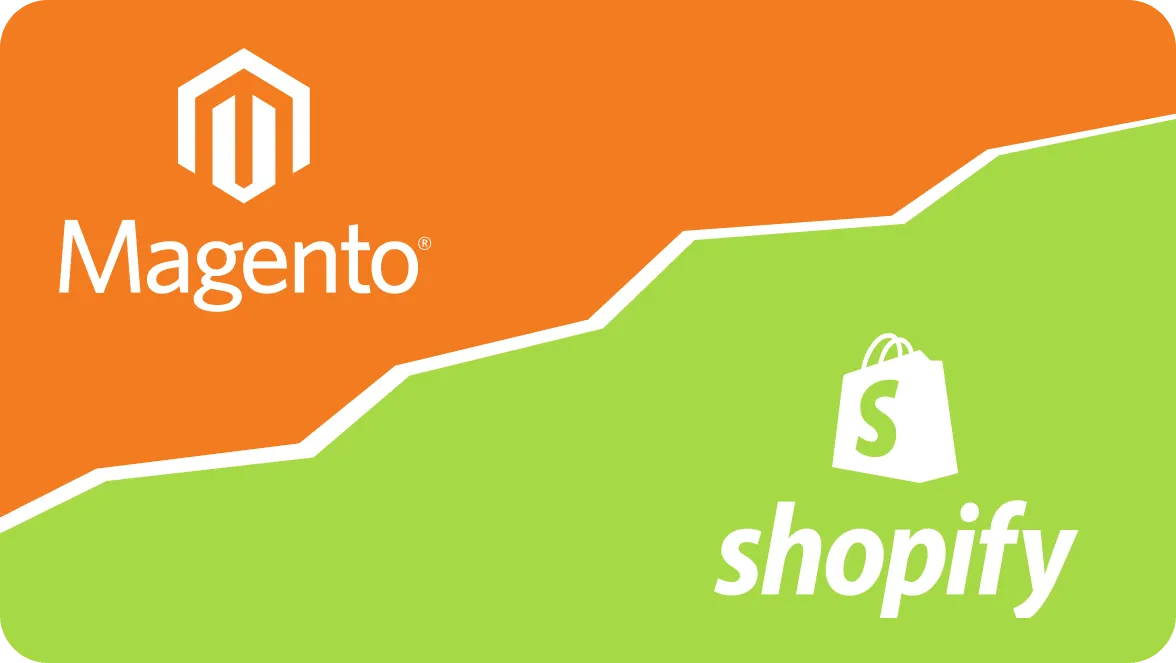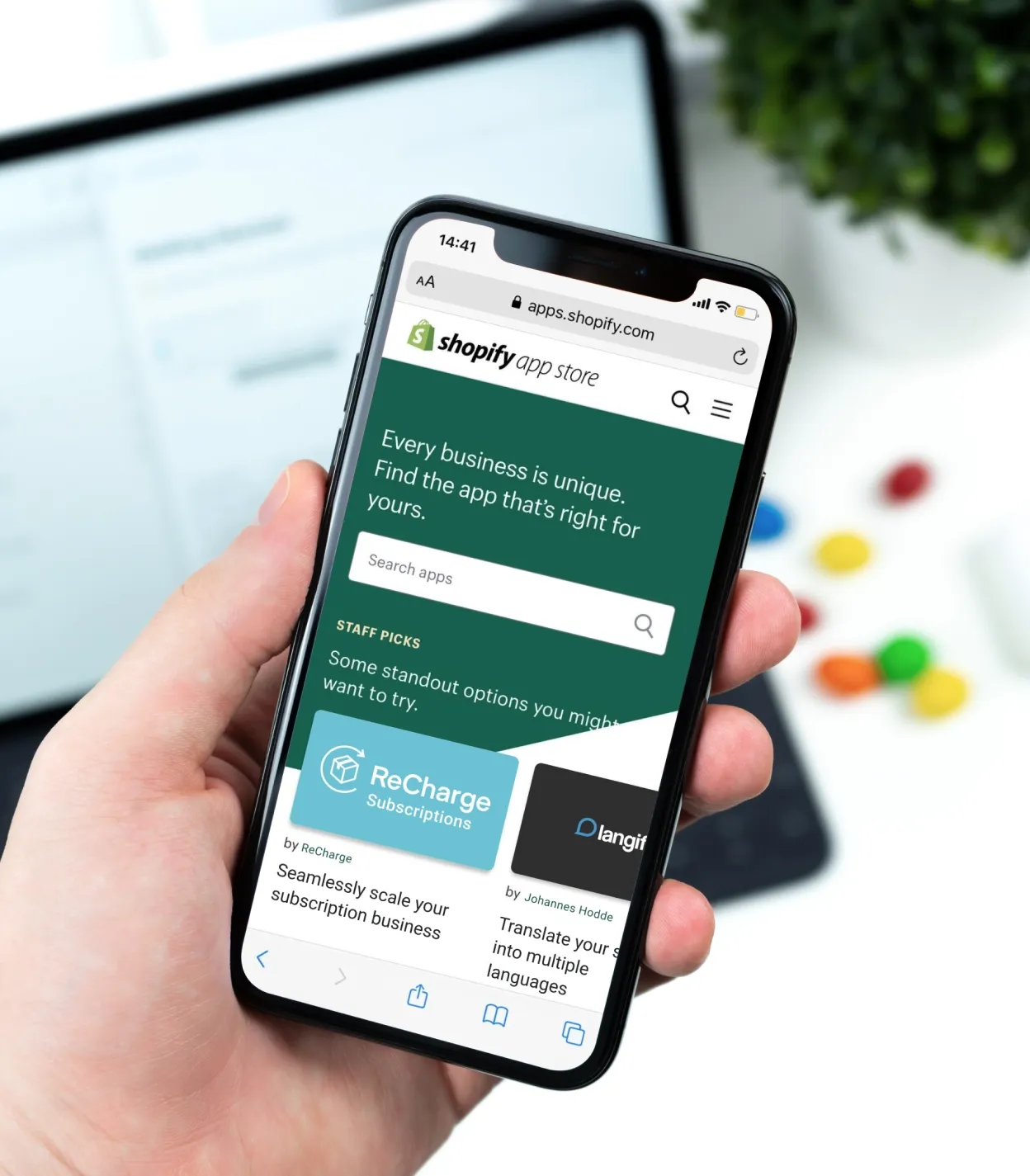
The COVID-19 pandemic gave a powerful boost to online shopping. However, even in the post-pandemic world with open offline shops, its popularity is unlikely to decline. More and more buyers are becoming accustomed to reduced reliance on store visits, a wide range of products available for purchase online with detailed information about them at hand, quick price comparisons, lower travel costs, and the absence of crowds.
E-commerce subscriptions contribute to online shopping popularity. The global subscription market is booming. Its size is expected to grow from $73 billion in 2021 to $120 billion in 2022. By 2026 it may reach a mind-blowing $900 billion. An increasing number of e-commerce businesses are wondering how to start a subscription box. In this article, we are going to analyze the best tools to do it, outlining their pros and cons. However, let’s start by explaining why the subscription business model can be a game-changer and how it works.
The benefits of a subscription business model
Before you find out how to build a subscription box, you should clearly understand why you need it. Subscriptions businesses provide customers with a personalized, convenient way to buy what they regularly need while saving money. One-time shoppers may become repeat customers. Businesses benefit from a predictable flow of recurring revenue as their forecasts become more accurate.
Let’s dive deeper into the advantages of this business model.
Predictable revenue flow
It is much easier to run your business if you can accurately predict how much money you’ll get from your customers each month. Inventory planning becomes simpler. So does defining the size of reinvestments into the development of your business.
Smaller investments in customer acquisition
Usually, businesses have to keep investing in marketing and sales, or the flow of new customers will decrease along with their revenues. In addition, soaring customer acquisition costs often cause startups to fail. Subscriptions bring you a flow of regular payments. Thus, you can afford to invest less in acquiring new customers. And retaining an existing customer is a far less costly affair than getting a new one.
More loyal customers
The longer customers stay with you, the more insights about their behavior you get. As a result, you can offer them an even more personalized experience that boosts their loyalty. The subscription model helps to grow the number of repeat customers. The latter brings you significantly more money than new ones. Thus, the customer lifetime value goes up.
Easier upselling and cross-selling
A subscription model helps you to get more money from the customers. Regular contacts with buyers facilitate the creation of trusting relationships with them. As your business has already proved its worth to those people, marketing complementary or more advanced products or services to them becomes easier. Note that the latter can be done with the help of a Related Products section.
Types of subscriptions
Subscription models can be divided into three main types. The best choice for your business depends on what you sell, your business goals, and your capacity. Here are your options.
Curation business model or subscription boxes
If you wonder how to create a subscription box, you probably know what we are talking about. It is the most common model. A subscription box is a recurring delivery of specific products. Usually, businesses use this instrument to sell food, apparel, and beauty products. However, it works well for other products too. More and more industries adapt it every year. The key benefit of subscription boxes is large potential profit. They help the customers to discover new products, boosting sales. Moreover, this profit model can scale quickly in comparison to other options.
Still, there are some downsides. Firstly, novelty-driven subscription box businesses can experience high customer churn. The products in those boxes tend to be non-essentials, so those businesses are the first to suffer if the economy slows down. Secondly, the use of subscription boxes increases operational complexity. Customer acquisition becomes more expensive, and the operating costs go up as the businesses need to deal with branding, packaging, and regular shipping.
Replenishment business model
Replenishment subscriptions allow consumers to resupply their stocks of essential items automatically. It is not only convenient but also cost-efficient. People don’t need to replenish most products regularly. However, if you sell, for instance, pet food, diapers, or vitamins, the replenishment model is a good choice for your business.
This model is reported to have higher conversion rates than others. Also, the nature of the products that are usually sold with the help of this model translates into high long-term subscription rates.
The downside of this approach is low marginal profit. Considerable discounts, which competing companies have to offer, are good for customers but challenging for businesses. The latter have to keep their costs low and sell large amounts of products to be profitable.
Access business model
This business model means that subscribers pay a monthly fee to get lower prices or other advantages reserved only for the ‘club members.’
This approach provides more room for personalization and, consequently, more opportunities to strengthen the customer-business bond. Moreover, being a member of some community may have an additional appeal. Also, businesses have a vast opportunity to customize their offers, combining products with non-tangible benefits.
However, building an enticing membership offer requires time. You need to figure out how to combine your products and services to make the access subscription work. Also, your offer has to be properly maintained and updated to retain its value for the customers.
How to make the subscription model work
At this point, you might wonder both how to create a subscription service and how to run it successfully. So here are some tips on making this model work for you.
Assess your product fit
This step is essential for any business, but it is essential for those using a subscription model. Some market niches are oversaturated, so entering the market becomes a challenge. Start with market research to ensure that your product is in demand and understand your competitors' strengths and weaknesses.
Set clear business goals
Make sure you understand why you need a subscription model in the first place. Do you want to get more revenue or boost the growth of your business? You need to think long-term if you decide to tie your recurring revenue to annual or monthly fees. These goals will help you define your target customers' profiles and adjust your pricing.
Choose the right pricing strategy
Subscription pricing strategies come in all shapes and sizes. They may account for differences in functionality, usage levels, time of day when the service is used, geographic regions of the users. You can use virtual coupons, free trials, early-bird offers, and many other tools. However, you’d better start small. Begin with two or three basic pricing tiers. They can be adjusted over time depending on feedback from your customers.
Put emphasis on retention
At first, you have to attract customers to get your business up and running. Nonetheless, you’ll have to switch your attention to customer retention at some point. Acquiring a new customer costs more than retaining one. Moreover, a loyal buyer can bring you more value.
Pay attention to personalization
The subscription model is about building long-term relationships with customers. Therefore, they expect your offers to become more tailored to their likes and dislikes over time. For some buyers, a personalized experience may be the most important reason to stay with you. Make sure you have the resources and technologies to scale personalization efforts.
Vary your marketing channels and tactics
Different channels are required to attract new customers and interact with current subscribers. For instance, influencer marketing can help you to start out. Engaging customers frequently and meaningfully will need such communication channels as email or online messengers. The choice of your marketing tactics will depend on your subscription business model. For example, affiliate marketing is the key acquisition channel for the curation model.
Keep a close eye on churn
If you use subscriptions, churn is your main threat. You should analyze how many customers are canceling their subscriptions and why they are doing it. Thus, you will get valuable insights to make your service better. Also, don’t forget about monitoring involuntary churn caused by a wide variety of factors, from lost credit cards to network errors. On average, its share of overall churn exceeds 20%. You can deal with at least some of those causes.
What are the best tools to start a subscription service
You’ve considered the pros and cons of the subscription model and decided to go through with it. Which tools should you use to create a subscription box website? There are plenty of instruments to choose from. However, from our experience in e-commerce development, we’d recommend using e-commerce solutions from Bold, Recharge, or creating a custom solution. Let’s dive deeper to evaluate each option.
Bold
Bold provides some of the most popular solutions for the Shopify e-commerce platform and a couple of applications for the BigCommerce platform. Therefore, many businesses also choose its apps to sell subscription products.
Bold has an extensive list of apps and integrations, providing merchants with a lot of useful functions for managing and growing their businesses. There are more than a dozen Shopify apps, from basic subscriptions to upsell and loyalty. Aside from that, there are two BigCommerce apps for subscription and checkout.
Bold subscription solutions have the following advantages:
No-coding Shopify integration. You don’t need a developer to add the Bold Subscriptions app to your online store. However, you might need a helping hand from a professional to deal with the nuances that might arise later.
Public API. Tech-savvy merchants can use Bold as the cornerstone for their own customized instruments.
20+ payment processors. Thus, sellers and buyers have plenty of payment options.
Great customer service. Bold takes customer service seriously and is ready to help you 24/7.
Still, Bold solutions also have some drawbacks:
No start-from-scratch option. If you want to use Bold, you will have to build and configure your online store with the help of other instruments. Then you can use Bold Subscriptions or other apps as add-ons.
Increased risk of plugin interaction problems. Bold is just another plugin. If you use many of them, some may not interact too well with the others, causing problems.
Little room for customization. As we’ve mentioned, Bold has a variety of Shopify apps with different functionality. However, customization opportunities for subscription services are rather limited.
Soaring costs for complex solutions. Using the basic functionality of Bold doesn’t entail a hefty fee. But as your business grows and becomes more complicated, you will need more paid integrations and apps. Before you know it, the costs may run up. Remember that Bold's has a flat 1% transaction fee and various processor transaction fees.
Recharge
Recharge is another popular subscription box platform, working with more than 18,000 businesses. Unlike Bold, Recharge focuses on one solution with all of the required features. It provides the same self-service app for both Shopify and BigCommerce users.
Here are the advantages of Recharge:
Easy to use. With the Recharge subscriptions app, you need just a few clicks to set up your subscription products. No heavy customization is required, and you can start selling within minutes of tweaking your configurations. Still, there are plenty of options to fine-tune your subscriptions later if you want.
Integrations with around 60 technology partners. While Bold apps are more likely to work well with other solutions of this company, Recharge focuses on providing a hassle-free experience for third-party integration. The list of integrations includes Gorgias, Avalara, Klaviyo, LoyaltyLion, ReferralCandy, Rebundle. Thus, you can have everything covered, from email to customer retention.
Mobile-friendly. Shopify Recharge app is designed with a mobile-first approach in mind. The developers optimized all the features making them readily available on mobile devices.
APIs for further customization. Recharge’s APIs are available to all merchants. With proper expertise, you can customize your subscription service the way you like.
This solution isn’t ideal, it also has some disadvantages to pay attention to:
It is quite expensive. Recharge Standard plan is free to install, though there is a flat transaction fee of 1% plus 10 cents. However, to get access to the full potential of this app (enhanced customer portal and analytics, for instance), you’d need a Pro package, which costs a whopping $300 per month. To put it into perspective, the Bold Subscriptions Core plan monthly fee is $49.
It may affect loading speed. The tests show that the Recharge app can slightly slow down your e-commerce website. That shouldn’t be your main concern if you actively use subscriptions and get real value. Nonetheless, you should be careful when choosing the place where to put it on your website. If you have a Shopify-based store, check out our Shopify speed optimization guide for ways to boost its performance.
Build your own subscription app
It is another answer to how to start a subscription service. Unfortunately, no matter how good the ready-made solutions are, they still fall into the one-size-fits-all category.
The obvious upside of this approach is that you get an ideal solution tailored perfectly to your requirements. It will fit in your online store seamlessly, providing you with just the right functionality to ensure an ideal subscription experience for your customers.
However, unlimited opportunities for customization come at a cost:
You won’t be able to do it yourself. You might try if you know HTML and CSS, but there are many nuances only experienced e-commerce developer can anticipate. Therefore, it is better to find a team of professionals to do the job for you.
You’ll need time and money. If you make up your mind to build a custom subscription solution, be patient and make sure you have sufficient resources. In the long run, the benefits of using a high-quality e-commerce tool are worth it.
E-commerce subscriptions in our projects
DigitalSuits has developed numerous e-commerce solutions of varying complexity. In particular, we have experience helping our clients build a subscription service. MyBalto is one of them.
This French-based company produces animal food. The MyBalto team places special emphasis on personalization. They came up with 15 recipes of food for dogs and cats. We helped MyBalto to create an instrument providing personalized diet recommendations for pets.
MyBalto subscription offers customers not only discounts. The personalization tool contributes to building the profile of each pet. The latter improves the subscription experience. Customers get notifications of how long their package will last and choose their own delivery frequency.
What makes MyBalto subscription special from a technical point of view?
MyBalto's subscription is Recharge-based, but our team provided customization to make it more user-friendly.
For instance, in the default Recharge solution, if a customer adds a product to the cart, he or she is redirected to the cart page. Thus, to order something else, the user has to go back to the collection page and add items one by one. In our customized solution, when a customer adds a product to the cart, the cart drawer is displayed over the product page.
Also, the default Recharge solution doesn’t allow canceling a subscription to the particular product once it was added to the cart. The user has to remove the product from the cart and add it again. We provided the switch between subscription and one-time purchase in the cart drawer.
Find out more details about our project of Shopify store development for MyBalto.
Let’s create an ideal subscription service together!
E-commerce subscriptions are gaining popularity as they provide numerous benefits both for buyers and merchants. The former can get what they need at lower prices and in a convenient way. The latter benefit from a more predictable revenue flow and more loyal customers, which bring more money. If you choose the right subscription model and operate it efficiently, this e-commerce tool will become a gold mine for you.
Equipping your online store with a subscription will require a special instrument. There are some reliable apps to get the job done, though sometimes you might need help from an e-commerce software developer to configure everything perfectly. If you want a really unique and seamless experience for your customers, the best option is to build a custom solution.
DigitalSuits can help you with setting up your subscription service. Our e-commerce development team has accumulated extensive knowledge and experience while creating, expanding, and upgrading various online shops. We are intimately familiar with the peculiarities of the Shopify and BigCommerce platforms and can extend their potential with custom solutions.
Contact us! We’ll be glad to hear about your e-commerce project and do our best to make it come true.



































Was this helpful?
0
No comments yet